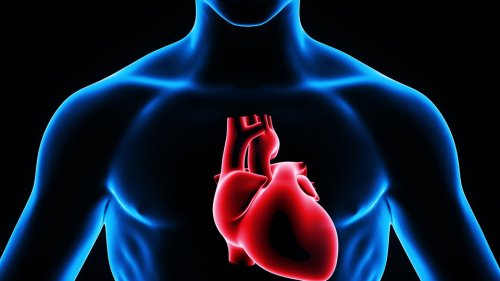What Are Intracardiac Injections?


Written and verified by the doctor Nelton Abdon Ramos Rojas
Intracardiac injections are a way of administering drugs in emergencies. An emergency is any situation that poses an imminent or potential risk of death to a person. In these cases, you can administer the medication right to the heart, and it goes directly into the blood and acts immediately.
The most common cases where doctors use these injections are during cardiac arrest. They’re very effective because they don’t need to be absorbed. That way, they can start working right away. There’s no waiting period, and 100% of the dose is useful.
In addition, by skipping the waiting period, there’s no variability between patients of the same size and age. This allows doctors to calculate the appropriate amount, and apply it quickly and accurately. This is very useful if a patient is unconscious and the doctors can’t find out important information about them.
How do doctors perform intracardiac injections?

The first step when performing this technique is to prepare a sterile needle at least 4 inches long. It’s important that it’s this size and not smaller because it has to go directly into the heart.
Once you have the needle, load it with the dose you want to administer. Next, locate the patient’s intercostal spaces. The intercostal space is the region between one rib and another. They’re usually easy to find, but if the patient is obese, it’s more difficult because it’s hard to separate them clearly.
When you find the fourth left intercostal space, or the space between the fourth and fifth rib, you need to follow the imaginary line that connects it with the sternum on the left side. That’s approximately where the heart is.
Finally, insert the syringe in that space, and release the bolus with the medication. Despite the technical difficulties, the medication reaches the myocardium and helps the heart to beat if it stops.
Maybe you’ll be interested in: Four Exercises that Help Your Heart Function
What medication do doctors use for intracardiac injections?
Without a doubt, the most common medication is adrenaline. Doctors usually use 0.1% adrenaline because it’s the concentration that lets you start heart activity without having serious side effects. Additionally, it’s important to remember that everything that doctors administer to the heart acts immediately. Therefore, a higher dose would be lethal.
Adrenaline is also known as epinephrine. It’s one of the most potent activators of the sympathetic nervous system. The heart starts beating according to the signals that the system sends. Therefore, by changing the sympathetic nervous system, you can also change the electrical activity of the heart.
Several studies have shown that intracardiac injections of adrenaline up to five minutes after cardiac arrest improves survival. However, it isn’t effective all the time. This is because timing is important in this type of emergency. Therefore, the survival rate is directly related to how soon you administer the shot.
Check this out: The Release of Adrenaline: the Activation, Stress, and Headache Hormone
When is the best time to use this technique?

When someone goes into cardiac arrest, the heart stops pumping blood to the rest of the body, and cells start to die. Then, you need to inject medication to the heart in order to stop the process. Then, the blood supply can flow throughout the body again.
Finally, we should make it clear that only certified medical professionals should use this technique.
All cited sources were thoroughly reviewed by our team to ensure their quality, reliability, currency, and validity. The bibliography of this article was considered reliable and of academic or scientific accuracy.
- Morales-Cané, I., Del, M., Valverde-León, R., & Rodríguez-Borrego, M. A. (2016). Adrenalina en el paro cardíaco: revisión sistemática y metaanálisis. Revista Latino-Americana Enfermagen. https://doi.org/10.1590/1518-8345.1317.2821
- ANMAT. (2013). Epinefrina.
- Eldor, J. (1993). Immediate intracardiac adrenaline injection in asystole. The Lancet. https://doi.org/10.1007/s12613-018-1603-x
- Intracardiac injection. (s.f.). En Wikipedia. Recuperado el 14 de diciembre de 2018 de https://en.wikipedia.org/wiki/Intracardiac_injection
This text is provided for informational purposes only and does not replace consultation with a professional. If in doubt, consult your specialist.








